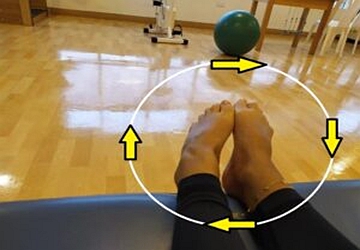Meta description
"Is your face still swollen after giving birth? Do your legs, feet, ankles, wrists, and arms look big even though your stomach shrinks? Read on to learn more about postpartum swelling:"
What is postpartum swelling?
Postpartum swelling occurs when pregnancy water weight builds up in the body and persists after the pregnancy ends.
Postpartum swelling can occur after an abdominal or vaginal delivery.
You might think that now that your pregnancy is over, the days of swelling are over. However, the excess fluid you've built up over nine months won't go away overnight. The accumulation of excess fluid in the tissue under the skin causes postpartum swelling.
According to the American Pregnancy Association, a pregnant woman's body produces 50 percent more blood and fluids to nourish a developing baby.
Swelling of the perineum is also possible after a vaginal delivery or around an incision if you have had a caesarean section.

Causes of Postpartum Swelling
Your postpartum swollen appearance is due to one (or all) of the following:
1. Pregnancy fluid accumulated in the past nine months. Moms who experience swelling (aka edema) during pregnancy can retain up to 6 pounds of fluid.
2. Too much fluid during labor. If you had an epidural during labor, you'll get IV fluids to keep your blood pressure from dropping. If you had a cesarean section, you will need IV fluids to help you with the procedure.
3. Press. Due to the pressure you put on during labor, extra pregnancy fluid may get into your extremities and face.
4. Lack of exercise. The possibility of inactivity after childbirth (mostly if you had a cesarean section) can make it harder for your system to drain fluid.
5. Hormones. Her progesterone levels rose throughout her pregnancy. One of the results of this extra progesterone is greater water retention, leading to swelling throughout pregnancy and continued swelling after delivery.
Treatment of postpartum swelling
There are several ways to treat postpartum swelling:
1. Drink plenty of water to wash away the swelling. It may seem counterintuitive to add water to your body while trying to lose weight, but dehydration can help your body retain that extra fluid. Heavy drinking also allows your kidneys to effectively eliminate waste products (including extra fluid).
2. Move as far as possible without falling into the water. This is especially important after a cesarean section, but is also good advice after a vaginal birth. Active exercise can prevent fluid and blood from building up in your legs and help your body flush these fluids out of your body.
3. Avoid standing or sitting for long periods of time. Both cause fluid and blood to build up in your legs. When you move more, your blood can flow more freely throughout your body.

4. Do circular twists with your knuckles - 10 times in each direction, counterclockwise and clockwise. You can also massage them if they are not painful. This will prevent excess fluid from building up in your feet.
How long does postpartum swelling last?
The fluid is gradually drained during the first week of life through sweating and urination. Is it too slow for you? You can use the swelling reduction strategies listed above to speed things up.










